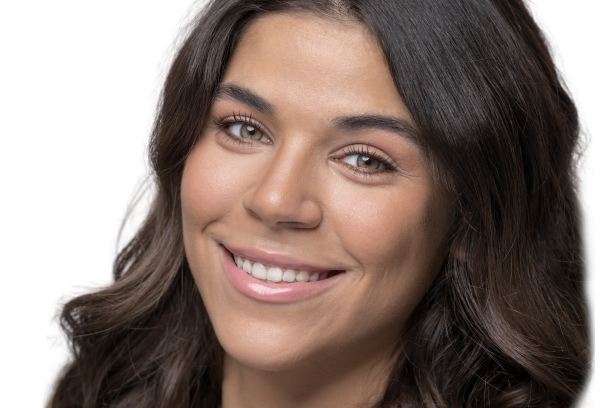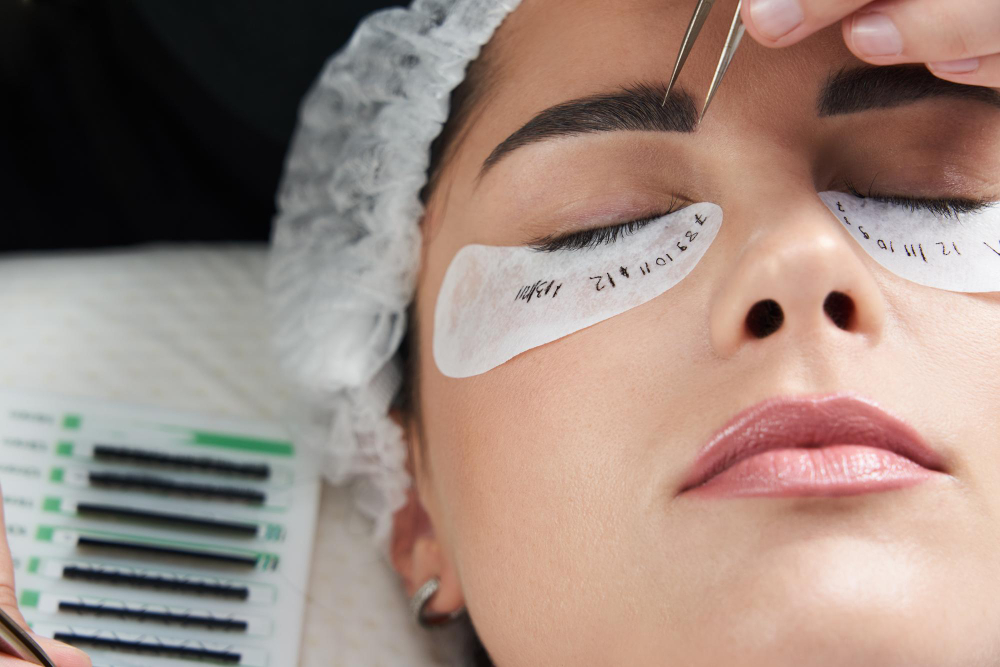

Beautiful lashes start with a plan. Professional lash artists know that creating stunning, natural-looking extensions isn't just about applying individual lashes—it's about understanding the unique architecture of each client's eyes and designing a customized map that enhances their natural beauty.
Lash mapping is the foundation of exceptional lash extension work. This strategic approach involves analyzing your eye shape, natural lash pattern, and desired outcome to create a blueprint for lash placement. When done correctly, lash mapping ensures symmetrical, flattering results that complement your facial features while maintaining the health of your natural lashes.
Understanding this artistic process can help you communicate better with your lash technician and make informed decisions about your lash journey. Let's explore the techniques and considerations that go into creating the perfect lash map.
Every pair of eyes tells a different story. Eye shapes vary dramatically—from almond and round to hooded and downturned—and each requires a unique approach to lash mapping. Professional lash artists spend considerable time studying these variations because the wrong mapping technique can emphasize unflattering features or create an unnatural appearance.
Natural lash growth patterns also play a crucial role in the mapping process. Some people have dense, evenly distributed lashes, while others have sparse areas or lashes that grow in different directions. A skilled technician will work with these natural patterns rather than against them, using strategic placement to fill gaps and create the illusion of fuller, more uniform lashes.
The curl pattern of your natural lashes influences the final look as well. Straight lashes may require different extension curls and placement strategies compared to naturally curly lashes. This is where the artistry truly shines—understanding how different curl types interact and complement each other.
Professional lash mapping follows specific principles that balance aesthetics with lash health. The process begins with measuring the eye from the inner corner to the outer corner, then dividing this space into sections. Most technicians use a system that creates five to seven zones across the eye, each requiring different lash lengths and curls.
The classic approach focuses on creating an open-eye effect by placing the longest extensions at the center of the eye, gradually decreasing length toward the inner and outer corners. This technique works beautifully for most eye shapes and creates a natural, wide-eyed appearance.
For clients seeking more drama, the cat-eye mapping technique places longer extensions toward the outer third of the eye, creating an elongated, sultry look. This approach can make round eyes appear more almond-shaped and adds sophistication to the overall appearance.
The doll-eye technique takes the opposite approach, concentrating longer lashes toward the inner portion of the eye. This creates a youthful, innocent appearance that can make eyes appear larger and more prominent.
The best lash maps are completely customized to the individual client. Factors like lifestyle, maintenance preferences, and personal style all influence the mapping decision. Someone with an active lifestyle might prefer a more conservative map that requires less upkeep, while a client preparing for special events might choose a more dramatic approach.
Face shape considerations extend beyond just the eyes. Oval faces can typically handle most lash mapping styles, while round faces benefit from techniques that add length rather than width. Angular faces might soften with rounded mapping approaches, while heart-shaped faces often look best with balanced, symmetrical mapping.
Professional consultation includes discussing the client's daily routine, makeup habits, and comfort level with lash maintenance. These conversations inform the mapping strategy and help ensure long-term satisfaction with the results.
Once the mapping strategy is determined, the real artistry begins. Quality lash technicians work methodically, following their map while making subtle adjustments based on how each extension settles and interacts with the natural lashes.
The isolation technique—separating each natural lash before applying an extension—is crucial for both the health of your natural lashes and the longevity of your extensions. Poor isolation can lead to lashes growing together, causing discomfort and potential damage.
Adhesive selection and application technique vary based on the mapping requirements. Areas requiring longer extensions might need stronger adhesive bonds, while delicate inner corner work requires precise, minimal adhesive application.
Temperature and humidity control during application affects how well the adhesive cures and how long your extensions will last. Professional studios invest in climate control systems to ensure optimal working conditions.
A well-executed lash map sets the foundation for easy maintenance and long-lasting results. Proper aftercare extends the life of your extensions and maintains the intended shape and symmetry of your lash map.
Daily gentle cleansing with lash-safe products removes oil, makeup residue, and environmental debris that can weaken the adhesive bond. Avoid oil-based products near your eyes, as these break down lash adhesive more quickly.
Sleeping position affects how well your lash map maintains its shape over time. Side sleepers might notice faster wear on one side, while back sleepers typically see more even retention patterns.
Regular fill appointments every 2-3 weeks allow your technician to maintain the original mapping design as your natural lashes cycle through their growth phases. During these appointments, grown-out extensions are removed and replaced, ensuring your lashes continue to look fresh and symmetrical.
The artistry of lash mapping requires extensive training, practice, and ongoing education. When searching for a qualified technician, look for proper certification, portfolio examples, and client reviews that specifically mention mapping skills and natural-looking results.
A consultation should always precede your first appointment. During this meeting, discuss your lifestyle, expectations, and any concerns about the process. A skilled technician will explain their mapping approach and help you understand what to expect from your lash extensions.
Professional studios maintain strict sanitation protocols, use high-quality products, and invest in ongoing education for their staff. These factors directly impact both the safety and quality of your lash extension experience.
The art of lash mapping transforms good lash extensions into exceptional ones. This thoughtful, strategic approach ensures that your extensions enhance your natural beauty while maintaining the health and integrity of your own lashes.
Understanding the mapping process helps you become an informed client who can communicate effectively with your lash technician and maintain realistic expectations about results and maintenance requirements.
If you're looking for a lash studio in Orlando, FL, contact Revolution Lash Studio today to book an appointment. Our experienced technicians specialize in customized lash mapping techniques that enhance your unique features and fit your lifestyle perfectly.